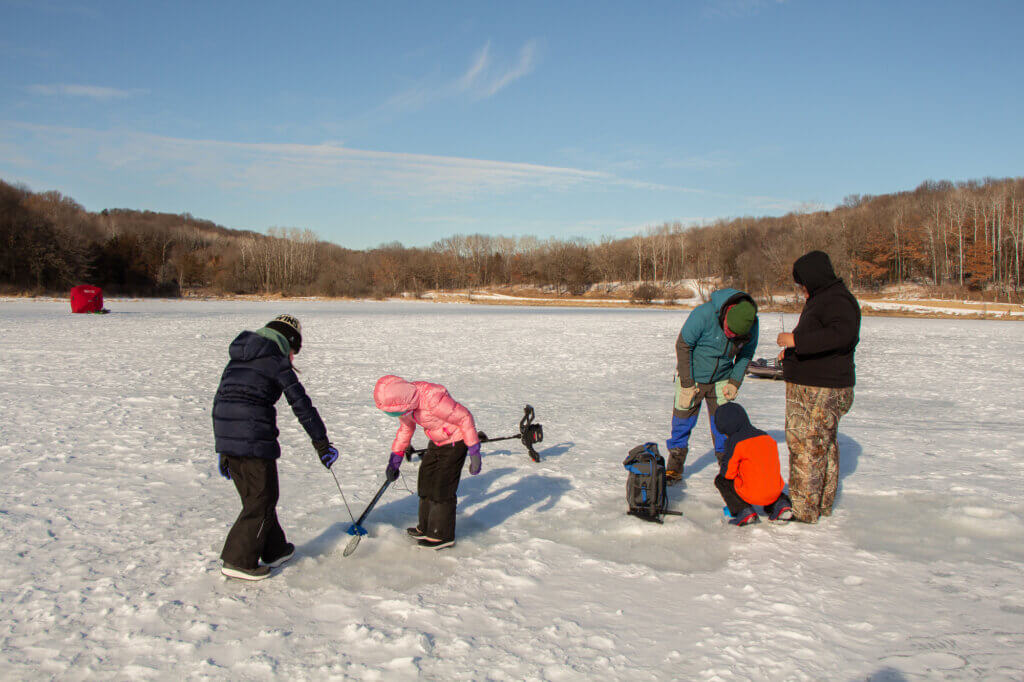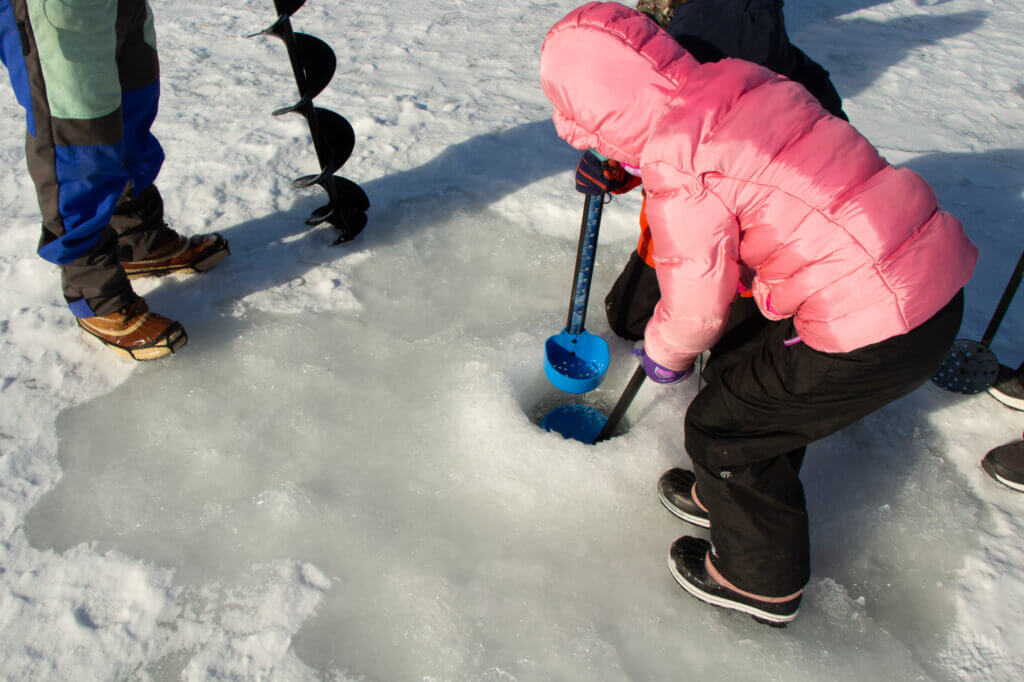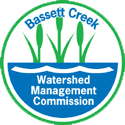News
Pollution takes a toll on trout habitat
Tue, Feb 16, 2021Minnesota’s lakes, rivers, and streams provide year-round recreation opportunities for outdoor enthusiasts. Many Minnesotans connect with nature through fishing, and anglers play an important role in the fight to protect wildlife habitat. The nonprofit organization Minnesota Trout Unlimited provides anglers with a unique perspective on the link between water quality and fish populations.
Evan Griggs is an Environmental Education Specialist at Minnesota Trout Unlimited where he introduces students to fishing through the Trout in the Classroom program. Evan grew up fishing on the lakes around the Twin Cities, and he has a passion for connecting others to the natural world.

The Trout in the Classroom program provides schools and nature centers with trout aquariums. Kids raise trout from the egg stage to the fingerling stage and, in partnership with the Minnesota Department of Natural Resources, the fingerling trout are released into designated trout streams.
There are two native trout species in Minnesota: brook trout and lake trout. Rainbow trout and brown trout were introduced to our state in the late 1800s. Today the DNR manages trout populations in over 180 lakes, restocking to sustain local fisheries.
Although not all trout species are native species to Minnesota, Evan says they’re a perfect indicator species for climate change. Trout live in spring-fed streams that, no matter the outdoor temperature, stay within a range of 50-60 degrees Fahrenheit. If the water temperature rises above 68 degrees, their cells stop functioning and the trout cook to death in the warm water. These fish are greatly affected when the environment tips out of equilibrium.

Salt’s impact on wildlife
There is a growing concern about the impact of excess chlorides — the salts used to de-ice sidewalks and roads — on local waterways. Over the span of the winter, sidewalk salt builds up in ice and snow. In spring, the salty meltwater flows into storm drains that feed directly into local lakes and streams, creating a big pollution problem.
One teaspoon of salt from sidewalk de-icing can pollute five gallons of water, and once salt is in the water it’s nearly impossible to remove. The environmental impact of salt use is particularly dire in the metro area where forty lakes and streams are impaired due to high levels of chlorides. A waterway is considered “impaired” when pollutants have built up to a level that makes the water unsuitable for fishing, swimming, or drinking.
High levels of chlorides in aquatic environments wreak havoc on the food chain, decimating populations of zooplankton and macroinvertebrates. Evan says, “From an angler’s perspective, we often forget how important these creepy crawly bugs are. They feed minnows, who feed sunfish, who feed bass, and pike.” He has seen chlorides “completely obliterate” the foundation of the food chain, but most anglers only notice the change once largemouth bass or muskie populations decrease.

After a lifetime of fly fishing, Evan has witnessed the effects of pollutants on trout habitat firsthand. Certain streams that were once home to native brook trout can no longer support these fish populations. Purgatory Creek in Eden Prairie is one example of habitat lost to overdevelopment. Excess pollution from fertilizer, winter salting, and shoreline erosion has wiped out the trout population.
In contrast, Eagle Creek in Savage has benefitted from large, preserved buffer zones that allow wild, naturally reproducing brown trout populations to flourish. Even near the Mall of America, the Minnesota River Valley Refuge has protected trout habitat. “If you develop smartly and use resources well, there can be coexistence,” says Evan.
Take action to protect our waterways
Whether you’re out ice fishing or simply enjoying a walk around the lake, here are a few things you can do now to protect aquatic habitats that provide a home to fish and wildlife:
- Pick-up litter: Don’t leave trash or pet waste behind.
- Reduce salt use: A shovel and ice-pick are your best tools against sidewalk ice.
- Adopt a drain: Volunteers who clean-up around storm drains help keep pollutants out of lakes and streams.
- Be mindful of human impact: Remember that, once chlorides enter the water, they’re almost impossible to remove. Think twice before you reach for sidewalk salt.

